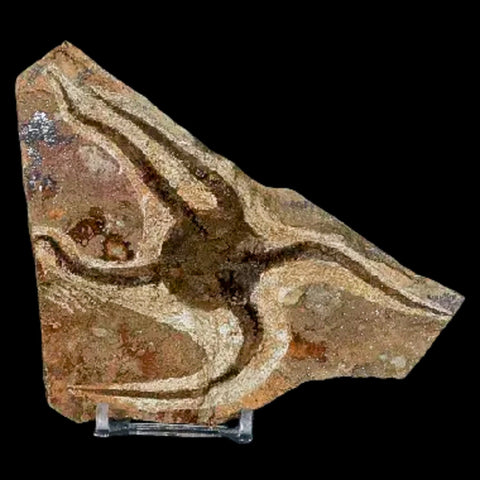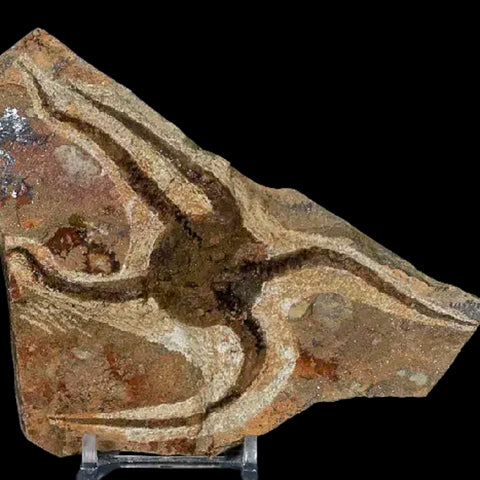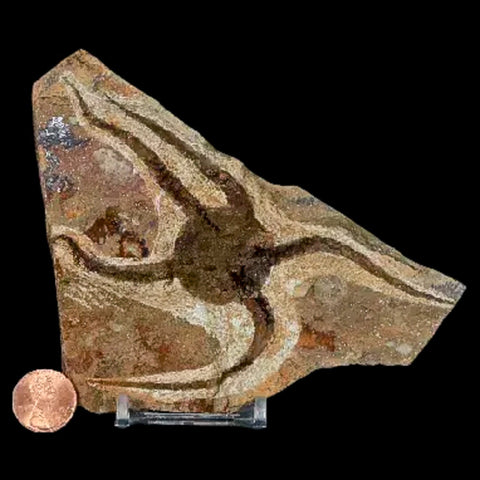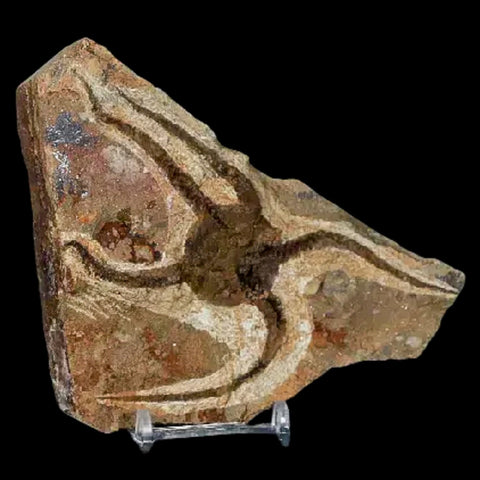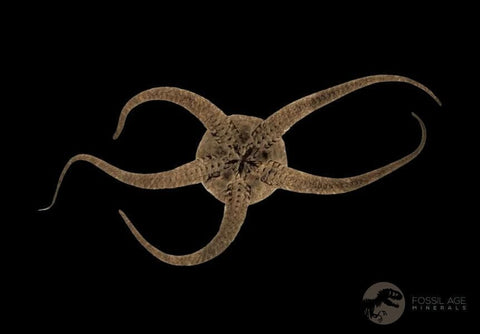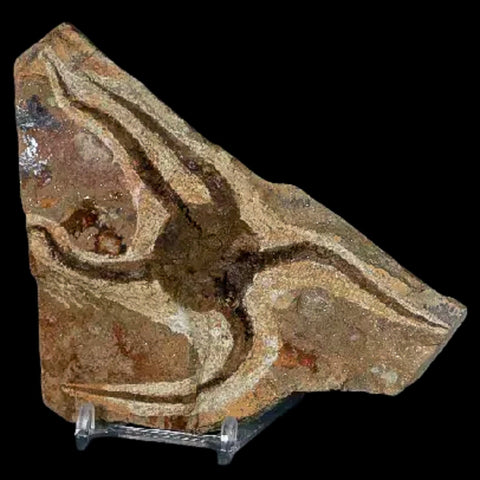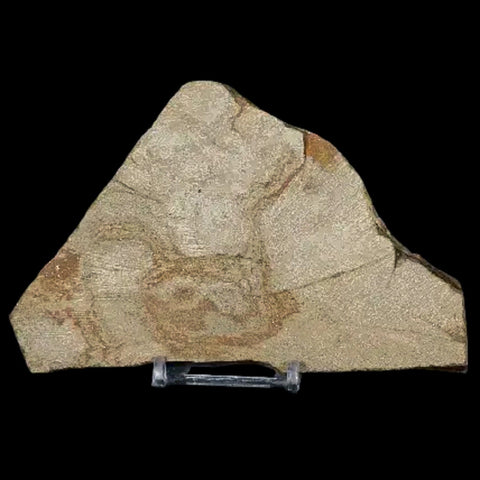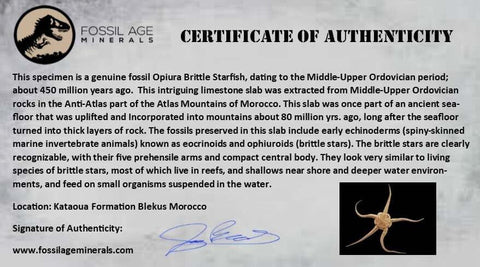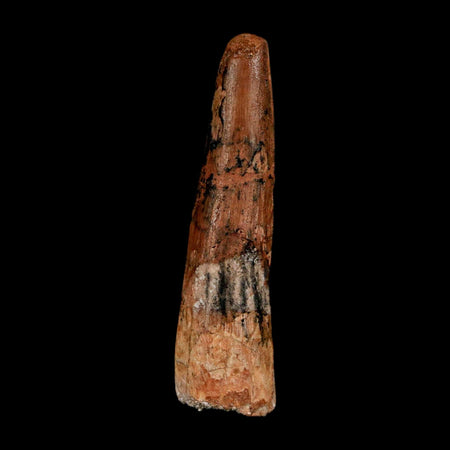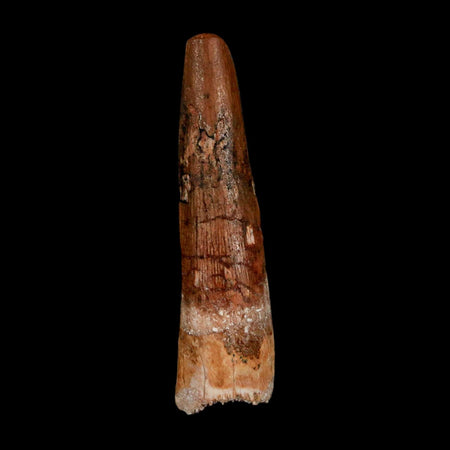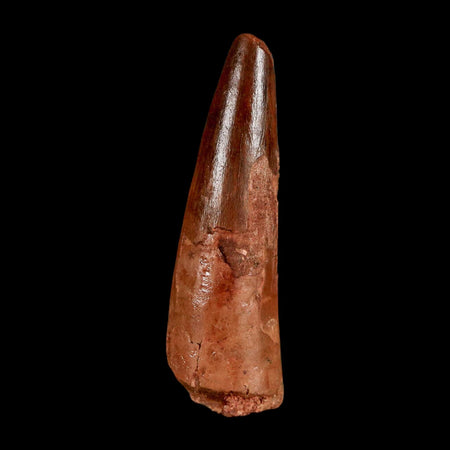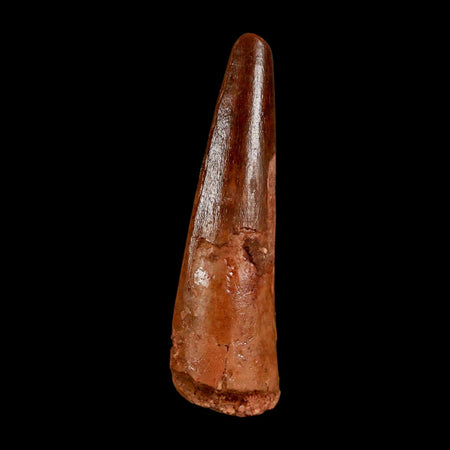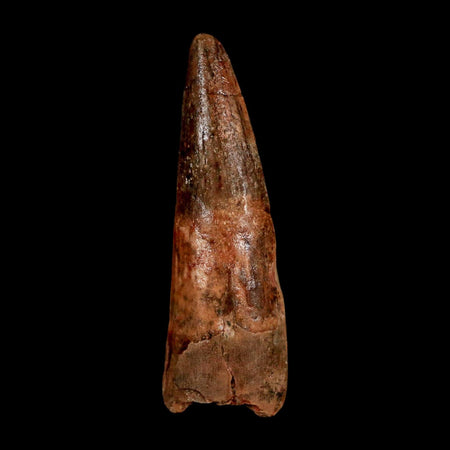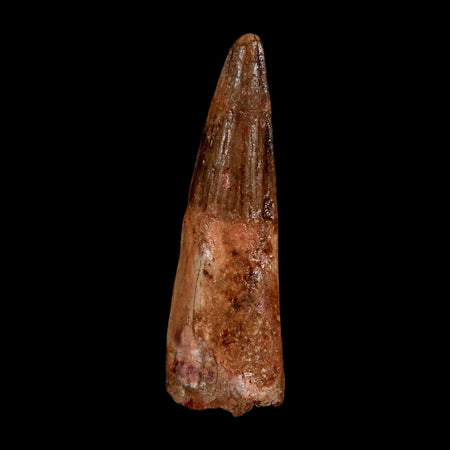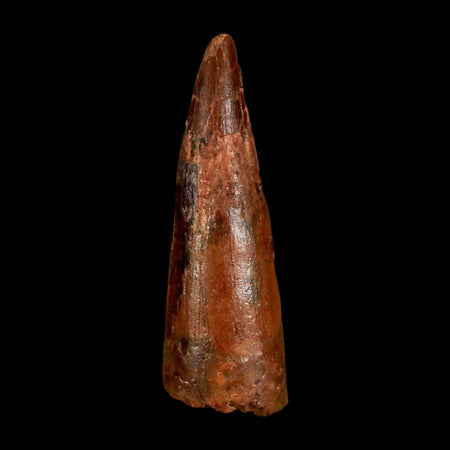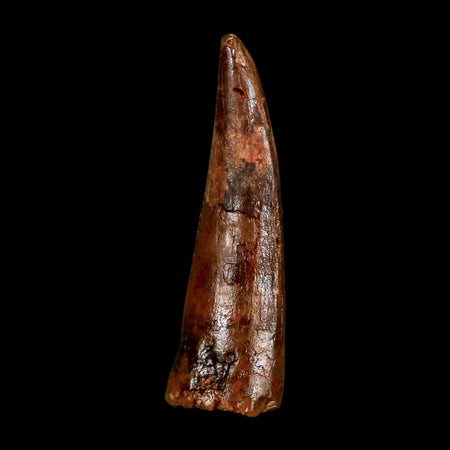5.1" Brittle Star Ophiura Sp Starfish Fossil Ordovician Age Morocco COA & Stand
Location: Kataoua Formation, Blekus, Morocco
Weight: 9.9 Ounces
Dimension: 5.4 Inches Long, 3.4 Inches Wide, 0.9 Inches Thick (Plate)
Starfish Dimensions: 5.1 Inches Long, 2.8 Inches Wide
Comes with a Certificate of Authenticity.
Comes with a Free Stand.
The item pictured is the one you will receive.
Brittlestar Ophiura Sp
This captivating limestone slab originates from Middle-Upper Ordovician rocks, dating back approximately 450 million years, found in Morocco’s Anti-Atlas section of the Atlas Mountains. Originally part of an ancient seabed, it was uplifted into mountain ranges around 80 million years ago after being transformed into thick rock layers. The slab contains fossils of early echinoderms, such as echinoids and brittle stars (ophiuroids). The brittle stars are easily identified by their five flexible arms and compact central body, closely resembling modern species inhabiting reefs and various marine environments. Also present are rare Eocrinoids, likely Ascocystites, suspension feeders that used their slender, tapering stems and arm-like appendages to filter microscopic food from the water.
Although eocrinoids are often confused with crinoids (sea lilies), they are unrelated and exhibit distinct differences in their structure compared to both ancient and modern crinoids. Like some fossil crinoids, their long stems enabled them to anchor to hard surfaces and elevate themselves above the seafloor. This specimen includes several larger individuals alongside much smaller ones, which could either be juvenile forms or separate species. Interestingly, the smaller specimens are frequently found close to brittle stars, prompting curiosity about whether the brittle stars were preying on these smaller echinoderms.

Please be aware of the nature of fossils:
Being buried under the ground for millions of years under tons of pressure tends to be rough. No fossil comes out of the ground whole and perfect. Most fossils have undergone some restoration, while others are altered by man simply to enhance their presentation in different ways. The workers in Morocco do a very professional job of unearthing and preserving these natural treasures. These are part of the natural beauty of the fossil and are not considered defects.


